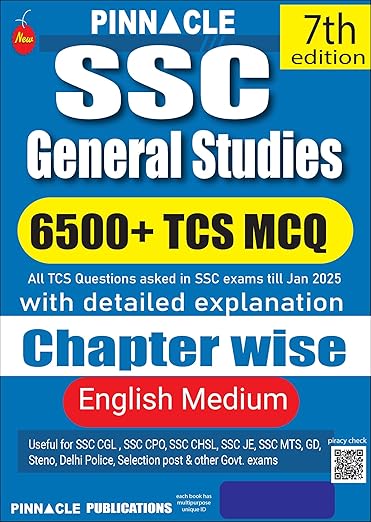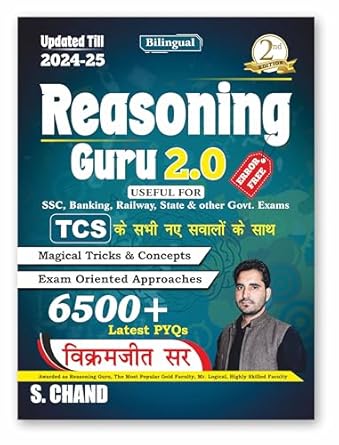Introduction on Banker's Discount
Suppose a merchant A purchases goods worth of say Rs.5000 from another merchant B at a credit of a certain period say 4 months. Then B draws up a draft i.e.., prepares a special type of a bill called "Hundi" or Bill of exchange. On the receipt of the goods A gives an agreement dually signed on the bill stating that he has accepted the bill and money can be withdrawn from his bank account after 4 months of the date of the bill. On this bill there is an order from A to his bank asking to pay Rs.5000 to B after 4 months. Moreover 3 more days (known as grace days) are added to the date (called nominally due date) of expiry of 4 months, and on the date so obtained (called the legally due date) the bill can be presented to the bank by B to collect Rs.5000 from A ‘s account . Suppose the bill is drawn on 5th January at 4 months, then the nominally due date is 5th May and the legally due date is 8th May. The amount given on the draft or bill is called the face value which is Rs.5000 in this case.
Now, Suppose that B needs the money of this bill earlier than 8th May say on 3rd March. In such a case, B can sell the bill to a banker or a broker who pays him the money against the bill but somewhat less than the face value, Now the natural questions is, as how much cash the banker should pay to B on 3rd March to 8th May, he gains nothing. So in order to make some profit, the banker deducts from the face value. The simple interest on the face value for the unexpired time i.e…, from 3rd March to 8th May. This deduction is known as Banker’s Discount (B.D.) or commercial discount.
Thus B.D. is the S.I. on face value for the period from the date on which the bill was discounted and the legally due date. The money paid by the banker to the bill holder is called the discountable value.
Also, the difference between the banker’s discount and the true discount for the unexpired time is called the Banker’s Gain (B.G.). Thus, Banker’s Gain
B.G. = (B.D.) - (T.D.)
Remark- When date of the bill is not given, grace days are not to be added.
Banker's Discount Important formulas
B.D.=S.I. on bill for unexpired time.
Banker’s Gain=(B.D.)-(T.D.)
B.G.=S.I. on T.D.
T.D.=
B.G.=
B.D.=
T.D.=
Amount=
T.D.=
Banker's Discount Important Examples
Question 1. The true discount on a bill Rs.1860 due after 8 months is Rs.60. Find the rate, the banker’s discount and the banker’s gain.
Solution : Amount = Rs.1860, T.D.
= RS.60
 P.W. = Rs.(1860-60)
P.W. = Rs.(1860-60)
= Rs. 1800
S.I. on Rs. 1800 for 8 months
= Rs.60
 Rate=
Rate=  %
%
= 5%
B.G.=
=Rs. = Rs. 2
= Rs. 2
B.D.= (T.D.) + (B.G.)
= Rs.(60+2)
= Rs.62.
Question 2. The present worth of a bill due sometime hence is Rs. 1100 and the true discount on the bill is Rs. 110. Find the banker’s discount and the extra gain the banker would make in the transaction.
Solution : T.D.=
Or B.G.=
= Rs.
= Rs.11
 B.D.= B.G. + T.D.
B.D.= B.G. + T.D.
= Rs.(11+110)
= Rs.121
Question 3. The banker’s discount and the true discount on a sum of money due 8 months hence are Rs. 52 and Rs. 50, respectively. Find the sum and the rate per cent.
Solution : Sum = 
= Rs.
= Rs.1300
Since B.D. is S.I. on sum due. So S.I. on Rs. 1300 for 8 months is Rs. 52, Consequently.
Rate= %=6%
%=6%
Question 4. The banker’s discount on Rs. 1800 at 5% is equal to the true discount on Rs. 1830 for the same time and at the same rate, Find the time.
Solution : S.I. on Rs. 1800
= T.D.on Rs. 1830
 P.W. of Rs. 1830 is Rs. 1800
P.W. of Rs. 1830 is Rs. 1800
i.e.., Rs. 30 is S.I. on Rs. 1800 at 5%
 Time=
Time= years
years
=  years=4 months
years=4 months
Question 5. If the true discount on a certain sum due 6 months hence at 6% is Rs. 36, what is the banker’s discount on the same sum for the same time and at the same rate ?
Solution : B.G.= S.I. on T.D.
= Rs.
= Rs.1.08
 (B.D.)–(T.D.)=Rs. 1.08
(B.D.)–(T.D.)=Rs. 1.08
Or B.D.=(T.D.)+Rs.1.08
= Rs.(36+1.08)
= Rs.37.08
Banker's Discount Important Questions
- Banker's Discount aptitude
Banker's Discount Must Watch Videos








































0 Comments